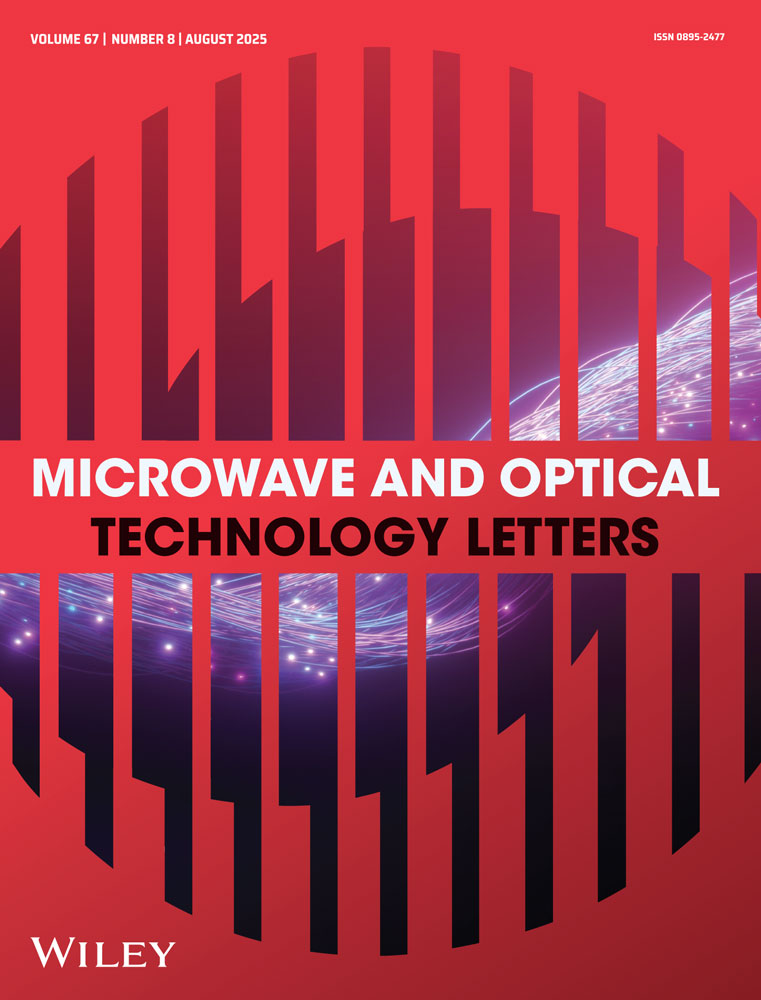Broadband low-profile microstrip antenna design using GPSO based on MOM
Abstract
A new evolutionary approach for broadband low-profile microstrip antenna design is presented. The modified particle swarm optimization algorithm inspired by the wild geese group (Geese-PSO) and the method of moments (MOM) are combined to optimize the antenna satisfying a certain design criterion. The antenna geometric parameters are extracted to be optimized by Geese-PSO, and a fitness value is evaluated by MOM simulator to represent the performance of each candidate design. The optimized microstrip antenna with a U-shaped parasitic element, printed on a thin substrate (thickness of 0.008 λ0), achieves the measured bandwidth of 63 MHz (2.56%), corresponding to the simulated bandwidth of 65 MHz. The agreement between the simulated and measured bandwidths testifies the validity of the GPSO/MOM method. © 2010 Wiley Periodicals, Inc. Microwave Opt Technol Lett 52:975–979, 2010; Published online in Wiley InterScience (www.interscience.wiley.com). DOI 10.1002/mop.25069




